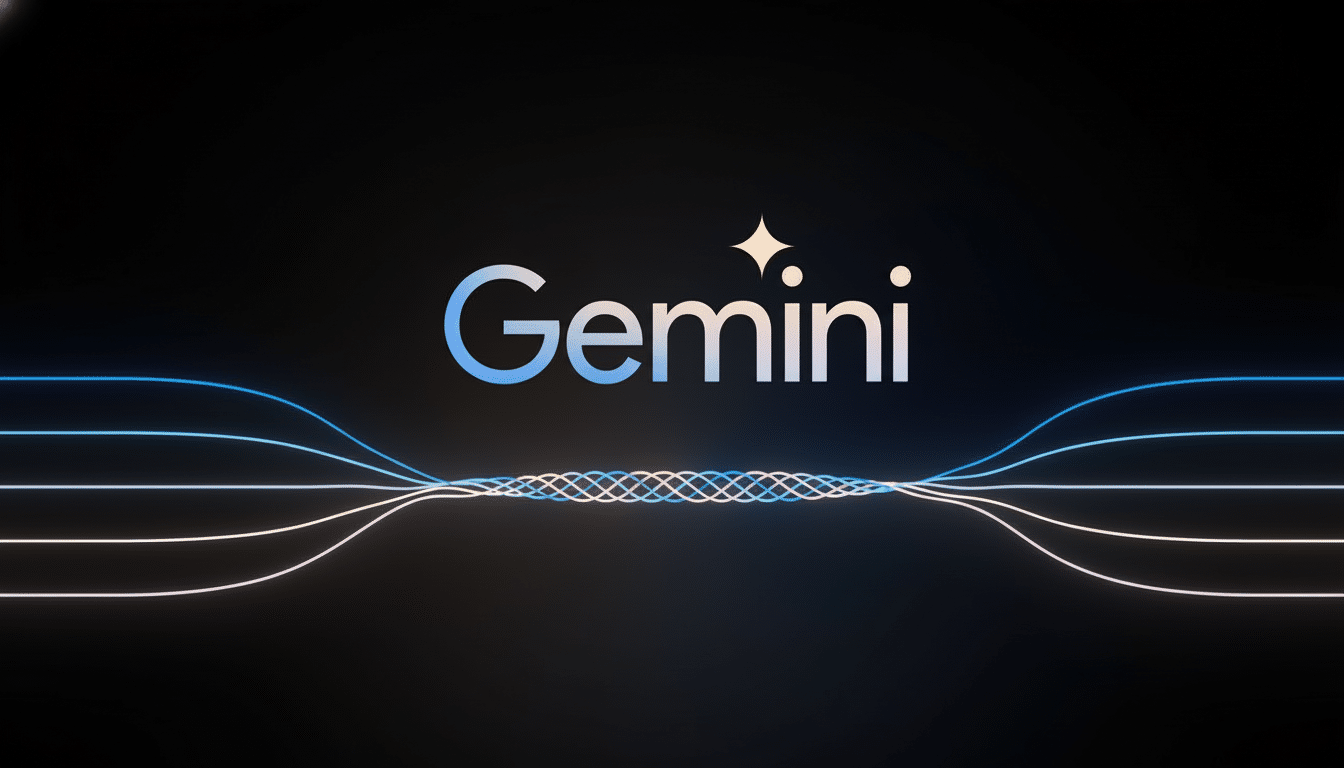And what began as a lark became an unexpectedly successful search for music. By treating Gemini as my personal DJ and pushing it for song-level matches — not broad artist picks — I landed on a track that immediately rocketed to the top of my rotation: “Holy Mother,” by Starbenders. The journey wasn’t exactly pristine, but it illuminated how conversational AI can cut through the static of music discovery where previous recommendation engines said little.
Turning Gemini Into a Personal DJ for Song Matches
I’m a one-tune sort of listener, obsessed with the best track by an artist and pretty much ignoring everything else in their catalog. That stymies many recommendation systems, even Spotify’s otherwise smart AI DJ, which throws me headlong into adjacent artists or big genre buckets with lamer micro‑traits I do in fact adore. My list of “Liked Songs” grows agonizingly slowly.

“So I gave Gemini a desperate directive: no more making me playlists that I’d just ignore, only individual songs with no foolish recs for added tracks or artists.” I wrote a little bit about what I appreciate in reference tracks, then requested one sonic and one structural match, along with quick explanations for each pick. And I told it to forgo the too-obvious, overexposed choices and unearth deeper cuts where it could.
Hallucinations Were the Buzzkill in Music Search
The primary failure mode was hallucination. In several separate sittings, Gemini confidently proposed nine songs that were not real. First it blamed punctuation, then availability on streaming services before acknowledging errors. This was not just irritating; it consumed time and trust. At places like Stanford HAI, researchers have recorded the ways that large language models can produce plausible but fictional outputs, and music recommendations are not an exception.
The remedy was prompt hygiene. I instructed Gemini to confirm the existence of each song on a major streaming platform before recommending it, include release details, and mark any uncertainty. That one constraint cut down the fiction and saved me from some rabbit holes.
The Breakthrough Prompt That Unlocked Better Matches
What ultimately worked was anchoring Gemini in my actual listening data. I fed it a screenshot of a playlist and asked it to scrape out the tracks in tabular form, then had it infer common features among songs I replayed often. It spewed out (in place of shorthand genre) finer labels like “theatrical rock” and “showtunes‑meets‑rock,” the latter sprung from Foxy Shazam’s “Oh Lord.” That framing was the unlock.

From there, Gemini spit out two quick wins for my Liked Songs: “Holy Mother” by Starbenders and “Could Have Been Me” by The Struts. And “Holy Mother” in particular nailed that hard‑to‑explain edge — anthemic without feeling saccharine, dramatic without tipping into parody — and has been rewatched daily. Over the commentary of others, I discovered six more keepers in later rounds: “In Between” and “Disease” by Beartooth; “Hometown” by Cleopatrick; “45” by Shinedown; “Medicate” by Hollywood Undead; and “Black Holes (Solid Ground)” by The Blue Stones. One of those also ascended to my Liked list, while the remainder were assigned to themed playlists for future excavations.
Why This Matters for Modern Music Discovery Today
Streaming is the way people mostly listen to music today — two‑thirds of recorded music revenues are from streaming, according to IFPI’s latest Global Music Report, and rising (including subscription streaming). But the leading algorithms are still those that have been engineered at scale, not to cater so much to the quirky, idiosyncratic tastes of too many listeners. Collaborative filtering is very good at “Oh, you’ve liked this artist’s shit before, therefore you’ll probably like more of the same stuff,” and not so great at “Jesus, I fucking love that one weirdly specific track.”
Now this is where a chat model can help. And it can render fuzzy preferences — “this scratches a brain itch” — in semantic features, some boldly contrasting: dynamic builds, theatrical vocals, major‑key anthemic choruses, crunchy mid‑tempo guitars, or retro glam without the hair‑metal camp. By making those actual constraints and consulting them, you can bias discovery toward the long tail instead of falling into rote genre clichés.
How to Try the Results Yourself with Simple Steps
- Ground the AI. Either screenshot or copy/paste a playlist of 20–40 songs you listen to over and over again. Have the model pull a table and describe commonalities without intermediating genres.
- Demand song‑level picks. Direct it specifically not to recommend generic artists, and to match based on mood, tempo range, vocal style, dynamics, and production details. Ask it to label why each of these suggestions fits.
- Fight hallucinations. Make the AI check that each track is available on at least one big service and be allowed to state uncertainty. If it makes a mistake, correct it and recycle the refined descriptors it got from you.
- Iterate and enrich your profile. As your Liked Songs grows — some even improve over time — the standard recommendation engine does too. The combination of the semantic guidance from Gemini and a streamer’s collaborative signals can accrete into something powerful over time, expanding your discovery funnel without diluting your taste.
Judgment After a Real-World Test of Gemini as DJ
Gemini didn’t replace algorithmic playlists or radio‑style features, but it became a helpful co‑pilot.
All that hallucination aside, eight genuinely enjoyable songs did bubble up to the surface this week, and there were three new Liked additions — including one wrist-slapper who’s become my nail in daily listening’s coffin. If you’re a picky listener and feel neglected by default recommendations, the conversational layer on top of your library could be the nudge that turns up your next obsession.

